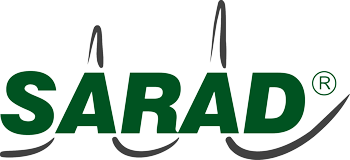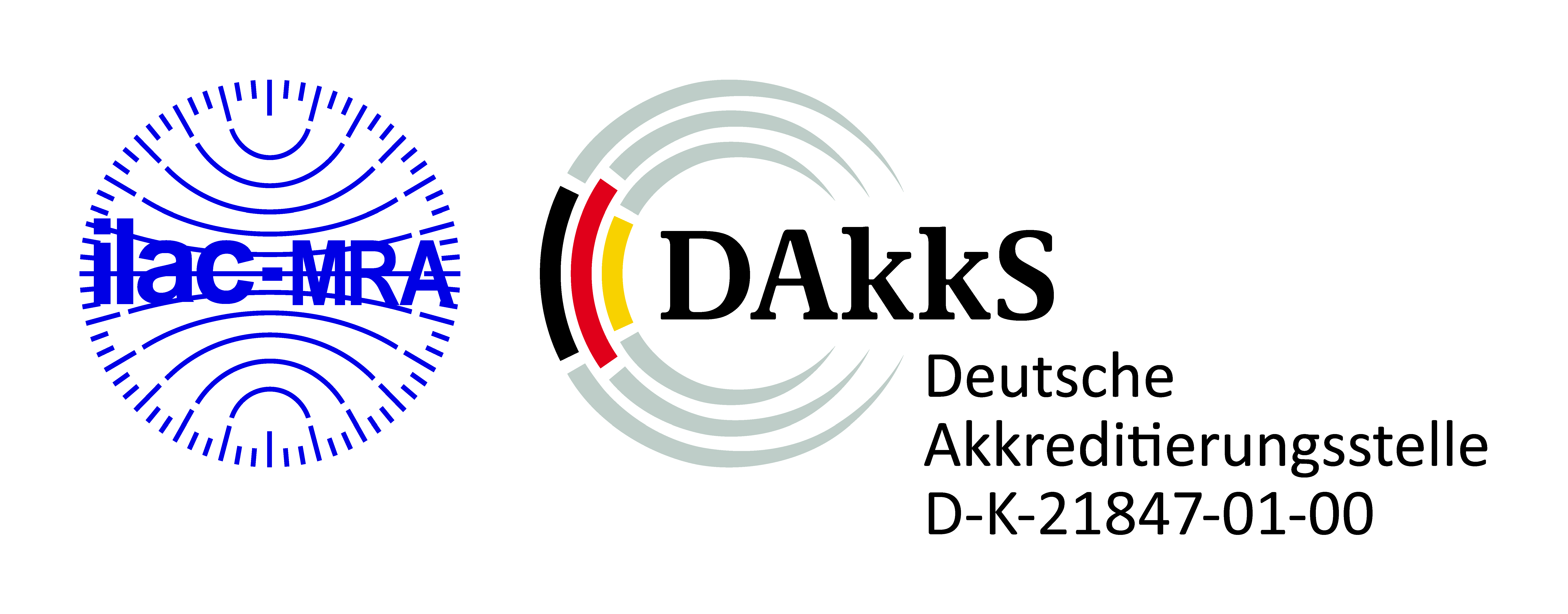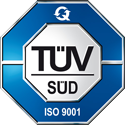Is Thoron an issue that affects me too?
Thoron is the radon isotope Radon-220. It has a very short half-life and therefore rarely occurs in rooms. However, it is almost always found in the soil air and in a similarly high concentration as radon. It can also be exhaled by building materials containing thorium. If Thoron gets into the measuring chamber of a non-spectroscopic device, this indicates that the radon concentration is too high. The device remains contaminated by the Thoron progeny for a few days. Devices with α-spectroscopy can differentiate between radon and Thoron decays. This means that the correct measured value for both isotopes is always displayed. This property also enables so-called “sniffing” after entry paths into buildings.
Thoron has a half-life of approximately one minute, so that it decays during diffusion through walls or floor slabs. Enrichment in closed rooms is therefore also impossible. Significant Thoron concentrations in rooms can only be expected in the vicinity of surfaces made of building material containing thorium (plaster, screed, clay walls) or directly at open connection points to the ground (entry paths). From a geological point of view, a higher Thoron concentration can also be expected if the radon concentration in the soil air is increased.
Devices without real spectroscopy (ionization and scintillation chambers, photodiodes) cannot differentiate between decays of Thoron and radon and their daughter nuclides. If Thoron continuously enters the measuring chamber by pumping or diffusion, these devices interpret all decays as a radon signal. An excessively high radon value is determined, but due to different calibration factors and decay characteristics it does not correspond to the sum of the two isotopes.
Some manufacturers try to prevent Thoron from penetrating through diffusion membranes (for devices without a pump) or long delay lines at the air inlet of the device. The extent to which this can reduce the error depends on the ratio of the concentrations of the two isotopes and the accepted increase in response time.
An even bigger problem is the radioactive lead (Lead-212), which is a Thoron by-product. Because of its half-life of 10 hours, it remains in the measuring chamber for two days, even if there is no Thoron in the measuring air. During this time, too high radon measurements are displayed as well.
Another approach for non-spectroscopic devices is a special measurement cycle in which the measurement air is pumped into the chamber for a certain time and the decays of both isotopes are detected. After the pump has been switched off, the system waits until the Thoron has decayed in order to determine the radon value from the remaining activity. The measurement uncertainty for the isotope present in lower concentrations is significantly increased. Continuous measurement is not possible with this method, and repeated measurement also leads to contamination by Lead-212.
Spectroscopic devices can distinguish the decays of radon, Thoron and their decay products. This means that the concentrations of radon and Thoron can be determined very quickly and correctly even with continuous measurement. The reaction of a spectroscopic measuring device to changes in the Thoron concentration takes place very quickly. Short Thoron measurements (three or four minutes) in or on cracks and crevices therefore provide information about potential radon entry points. This is known as "sniffing".
FAQ
- What to pay attention to when choosing a device?
- Which device delivers the fastest measurement result?
- Which measuring device fits my expected radon concentration?
- What about long-term contamination?
- What does sensitivity mean? How important is it?
- Is Thoron an issue that affects me too?
- What advantage do I get from time-resolved radon measurement?
- How accurately can I measure radon?
show all


